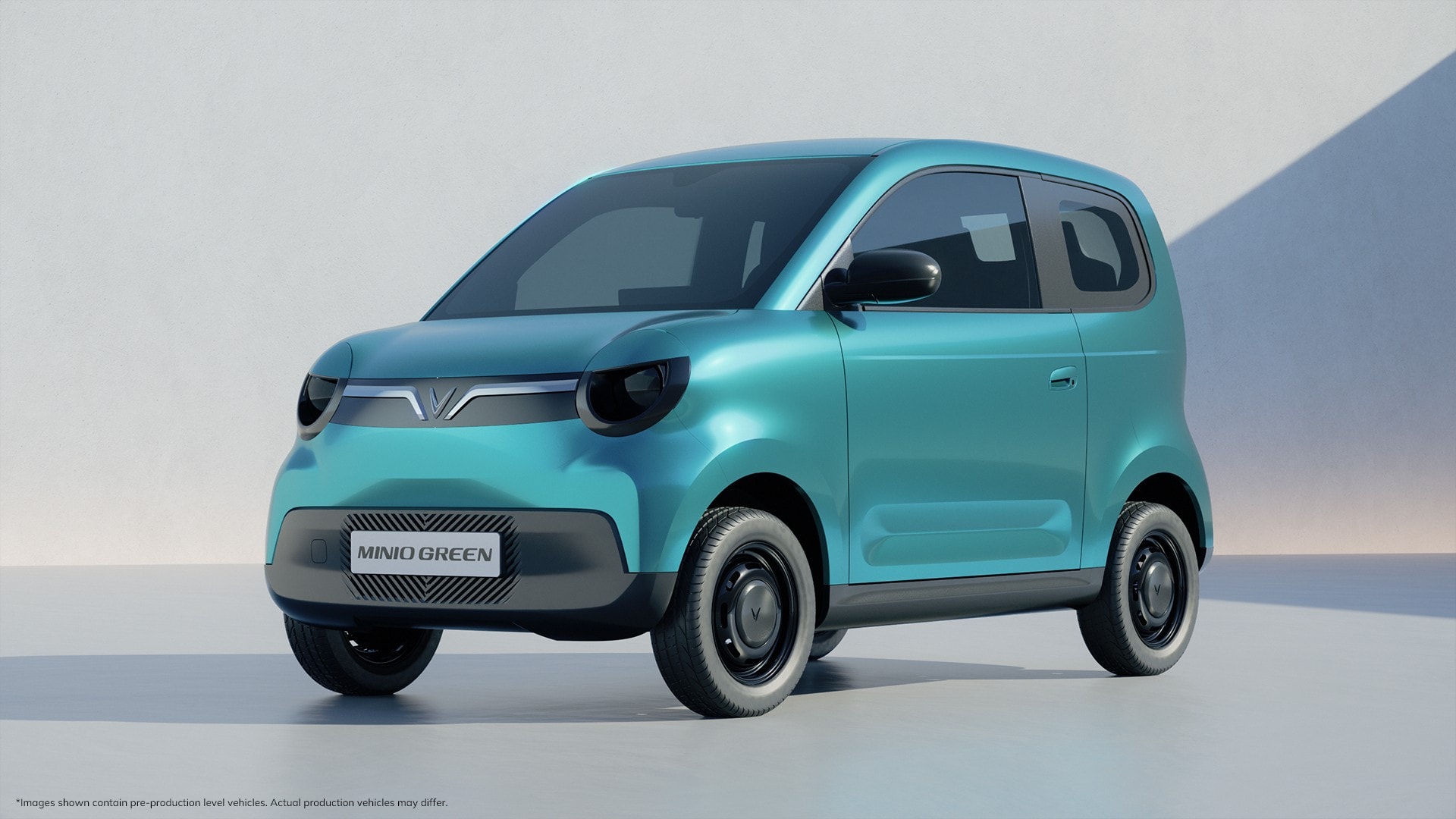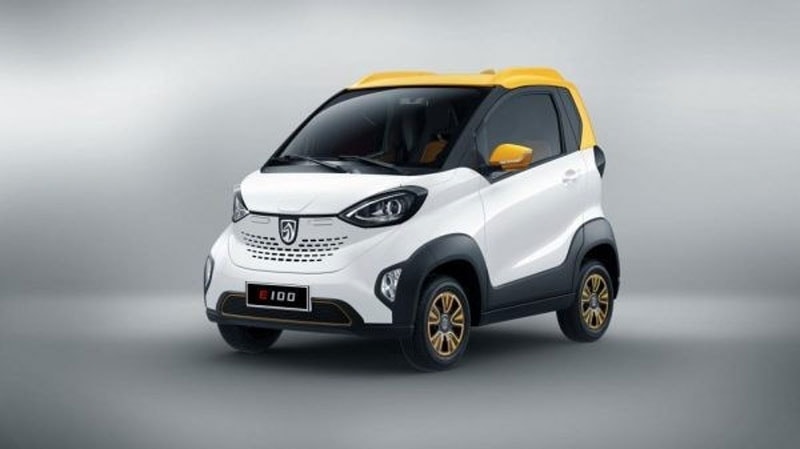Will EV dominate the Vietnamese market?
With the targets set by businesses, it is forecasted that electric vehicles (EVs) will account for about one-third of car sales in 2025, aiming to dominate the Vietnam automotive market.

According to company reports, in the first quarter of 2025, over 36,000 electric vehicles were sold. Leading the sales was VinFast with 35,100 units, followed by BYD with 622 units, and Wuling with 486 units. With these numbers, EVs accounted for about one-fourth of the total automobiles sold in Q1/2025.
At Vingroup’s 2025 Annual General Shareholders’ Meeting, Chairman Pham Nhat Vuong announced that VinFast aims to deliver 200,000 electric cars this year. In 2024, VinFast delivered 97,399 EVs, including more than 87,000 units in the Vietnamese market alone. Setting a target of 200,000 units for 2025 means doubling the number compared to 2024.
VinFast is preparing to launch a series of new EV models including the Minio Green (priced at 269 million VND), Limo Green (749 million VND), Nerio Green (499 million VND), and Nerio Green (668 million VND). According to the company, these models received 45,813 orders within just the first 72 hours of opening sales. These will be key products driving VinFast’s EV sales in 2025, helping the company achieve its set targets.
TMT Motors is also preparing to bring a series of affordable electric car models to the Vietnamese market. These models include the Baojun E100, Baojun Yep, Wuling Mini EV Macaron, Wuling Hongguang EV, and Wuling Zhiguang EV. These vehicles can be charged at home using a standard 220V household socket, making them easy to use, inexpensive, and cost-saving.
In addition to these two companies, more players are expected to enter the small EV segment. At the 2025 Vietnam-China-ASEAN Energy Exhibition in Hanoi, the Chinese car brand Bestune, under the FAW Group, introduced two pure electric models: the NAT and the Xiaoma. These two models are expected to enter the Vietnamese market in Q3, with the Bestune Xiaoma priced at nearly 200 million VND and the Bestune NAT at around 600 million VND. Furthermore, the distributor plans to assemble these models at a factory in Thai Binh province to reduce production costs.
In 2024, total EV sales reached around 90,000 units out of over 500,000 cars sold across the entire market. Among the top 10 best-selling cars of 2024, the VinFast VF 5 ranked first with 32,000 units sold, followed by the VF 3 with 25,000 units — both being small, affordable EV models.

Authorities forecast that Vietnam’s automobile market will reach around 600,000 units in 2025. Given VinFast’s ambitious targets and the growing number of EV players, it’s expected that EVs will account for about one-third of the market and aim to dominate the automotive sector.
Vietnam is entering a phase of rapid motorization, with an increasingly diverse customer base. A segment of consumers, despite having modest incomes, still aspires to own cars as a civilized and clean means of transportation, avoiding concerns about rain or sun exposure. Moreover, major cities plan to ban motorbikes by 2030, and the country aims to eliminate internal combustion engine (ICE) vehicles by 2050, creating strong opportunities for small EVs.
Small EVs are also gaining attention from taxi companies as a low-cost passenger transport solution, potentially attracting many customers away from traditional ICE vehicles.
Currently, the cheapest small EVs are priced above 200 million VND, but if prices drop to around 150 million VND and people's incomes continue to rise, EV consumption is expected to grow rapidly.








